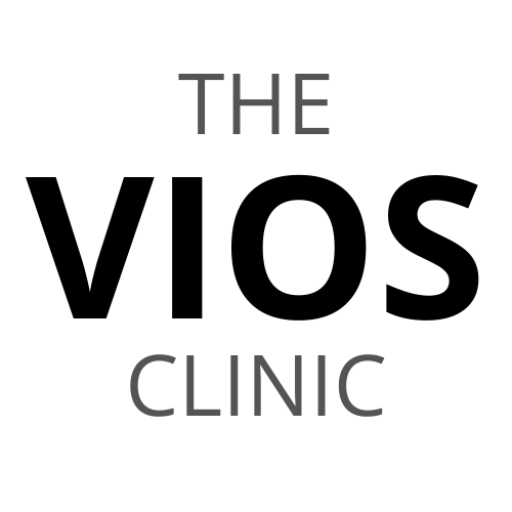Due to multiple factors including poor economics, high burnout rates, and dissatisfaction with limited patient care options, many primary care doctors have been moving towards concierge medicine models.
This approach involves charging patients an additional fee on top of insurance reimbursements or eliminating third-party payers altogether. These retained care models have evolved to offer a wide range of clinic and patient membership plans, leading to improved primary care services for patients and better business opportunities for practitioners.
Increasing numbers of primary care physicians are opting for annual membership fees instead of third-party payer systems due to heavy paperwork, slow and low reimbursements, and tight clinical oversight. Some doctors are working with name-brand concierge care consultants like MDVIP, SignatureMD, and Concierge Choice Physicians, while others are going it alone.
By reducing patient panels, physicians are able to offer same-day appointments, enhanced email and cell phone access, and quality clinic time for educating patients about beneficial lifestyle changes. This shift in approach fosters greater patient-doctor relationships and improved healthcare outcomes.
Through a hybrid approach, physicians offer high-quality care at smaller annual fees compared to pure concierge care, while still accepting insurance and Medicare. By adopting a hybrid practice model, physicians can gradually transition towards eliminating insurance altogether, while providing better care and seeing fewer patients.
Hybrid and direct pay concierge practices are managed by conventional primary care doctors as well as those with an interest in integrative medicine, all united in their goal of achieving a balance between their work and personal lives, without sacrificing income or quality care.
Determining Patient Demographics for a Successful Concierge Model
When it comes to integrative health providers not involved in primary care, direct pay and superbill provisions are ideal. However, primary care practices should take demographics into account before considering a concierge model.
If a substantial number of patients are willing and able to pay for premium services, such as quality care, better communication and accessibility, practices can transition to a Hybrid model with minimal disruption. This approach blends insurance and membership model, providing more benefits to patients while maintaining financial stability in medical practices.
Virtual-Only Model for Direct Specialty Care
Telemedicine has enormous potential to revolutionize health care as we know it. One area where telemedicine can be a game-changer is in specialty care and chronic disease management. In-person visits can be limited by factors such as long travel distances, a shortage of specialists, and mobility issues among others.
Telemedicine can overcome these barriers by providing access to specialists remotely. With telemedicine, underserved communities, remote areas, and individuals with mobility issues can access specialists without having to travel long distances.
Our product can be leveraged to empower healthcare providers to offer high-quality care while reducing costs and increasing convenience and efficiency. The importance of telemedicine in managing chronic diseases that require ongoing monitoring and frequent check-ins cannot be overemphasized.
By embracing telemedicine, healthcare providers and policymakers can deliver more effective care to those who need it most. In conclusion, let us work together to embrace telemedicine, a crucial tool for delivering effective care to those who need it most.
Conclusion
Ultimately, it is clear that by embracing telemedicine, healthcare providers can deliver better and more effective care. Telemedicine allows us to bridge gaps in time and distance and make sure the right people receive the right care at the right time.
Moreover, it enables us to link those who have yet to obtain access to a traditional healthcare provider or face other restrictions such as illness or economic difficulties with the care they need. Thus, both healthcare providers and policymakers must act with urgency when considering how telemedicine can improve healthcare access.
This means investing in digital technologies as well as understanding cultural norms. Furthermore, it also means equipping healthcare providers with the tools necessary for the successful implementation of this technology. By working together, we can leverage telemedicine as an invaluable ally in providing timely and effective health services for those who need them most.
If you are interested in finding out how telemedicine solutions can help your organization improve its care delivery process, contact us at [email protected] to learn more about your options.
BLOG AUTHOR
Dr. Ismail Sayeed
Dr. Sayeed is the Medical Director of ViOS, Inc. He is a deeply committed physician entrepreneur & medical blog writer. While building the global infrastructure of the VIOS Clinic, he is dedicated to educate people on the potential of specialist telemedicine for managing chronic diseases.
Read more about him in his author bio

